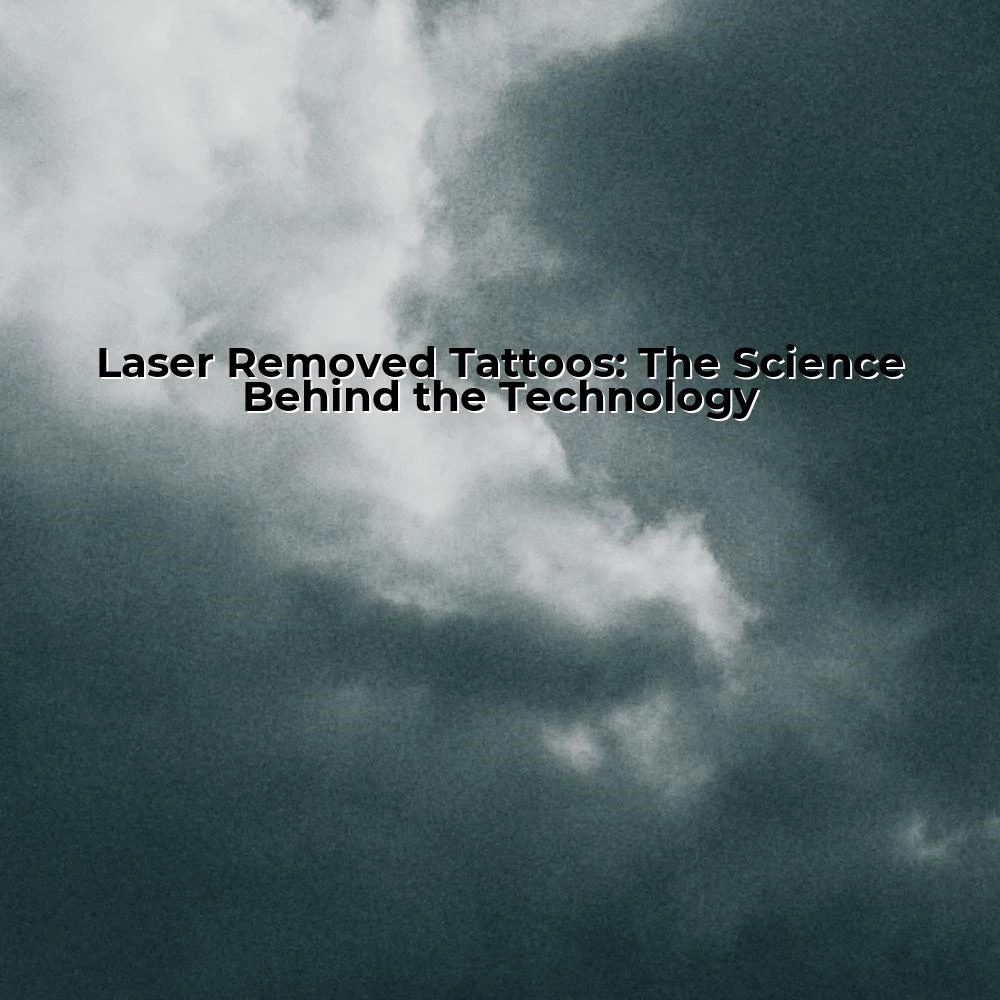Laser Removed Tattoos
| Visit:87

Laser Removed Tattoos
As doctors, we are constantly seeking out the latest advancements in medical procedures and technology. Among these developments is the ability to remove unwanted tattoos efficiently and effectively using laser technology, an increasingly popular procedure across the globe. This article aims to elucidate the science driving this cutting-edge technology – Laser Removed Tattoos.
Laser tattoo removal employs selective photothermolysis, a process that targets specific ink particles based on their color and depth in the skin. High-intensity laser beams carrying different wavelengths, typically in the range between 600 and 900 nm, are directed at the tattooed area of the skin. These wavelengths are selectively absorbed by the tattoo ink particles, leaving the surrounding tissue unaffected.
The principle underlying laser tattoo removal involves the heating up of ink particles by the laser beam until they break apart into smaller fragments. The fragmented particles are then eliminated by the body's immune system over a series of treatments. It's worth noting that different tattoo colors require different wavelengths for optimal absorption- black ink, being the easiest to remove, absorbs all laser wavelengths, while colored tattoos might require selective lasers matching the color of the tattoo.
The success and efficiency of laser tattoo removal procedures largely depend on the skill and understanding of the practitioner of the intricate balance between delivering enough laser energy to disperse the tattoo ink while avoiding harm to the surrounding skin.
The process of laser tattoo removal is not without its challenges. Different ink colors and compositions, skin types, and tattoo locations can all influence the complexity of the removal process. Typically, professional tattoos are more challenging to remove compared to amateur ones due to their deeper penetration and higher concentration of ink. In addition, aesthetic outcomes post-removal may also be affected by factors such as scarring and skin hypopigmentation.
Post-procedure care is of utmost significance to secure the best results in laser-removed tattoos. Advice on appropriate wound care, sun protection, and the necessity for multiple sessions is a part of the patient education that enhances the final outcome.
In summary, the science behind laser tattoo removal is a fascinating combination of optics, thermodynamics, and immunology, making it a valuable addition to our treatment arsenal. As this field continues to evolve, further developments can be expected in enhancing the speed, efficiency, and safety of laser tattoo removal.
For more information and to understand the practical applications of this technology, you may refer to [https://www.ciellulu.net/](https://www.ciellulu.net/).
The era of laser-removed tattoos echoes an expanding frontier in the science of skin care and aesthetics, allowing us as physicians to cater to the increasing number of patients seeking this procedure. Staying abreast of this technology not only enhances our ability to satisfy our patients' needs but also underscores our commitment to adapting to evolving patient-focused care.
References:
1. [https://www.ciellulu.net/](https://www.ciellulu.net/)
Source: Laser Removed Tattoos




 Ciellulu Laser - Facial Machine Supplier
Ciellulu Laser - Facial Machine Supplier

